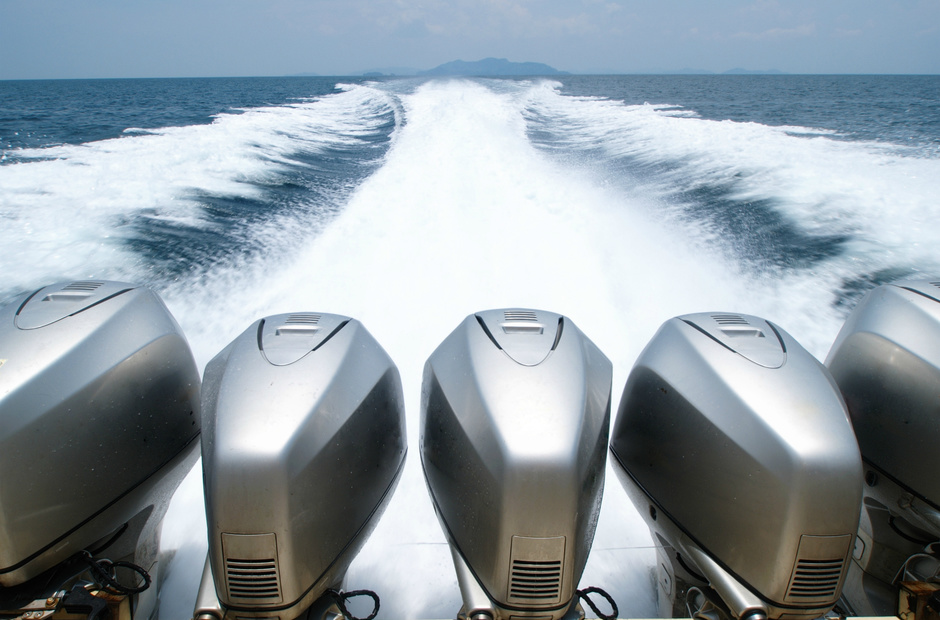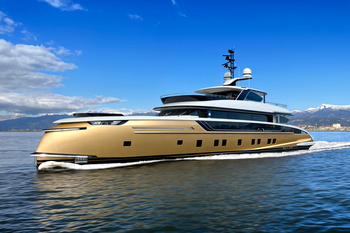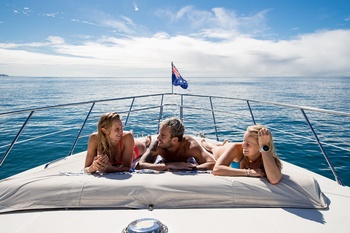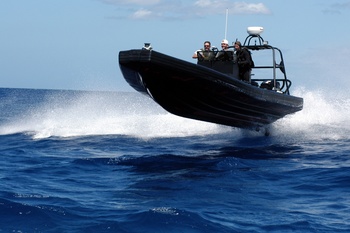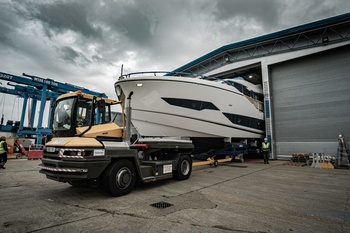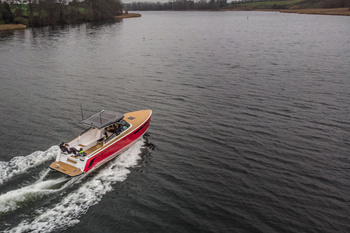Do you think you know how to properly maintain a boat motor? Well, maybe! You probably change the oil and fuel filters in time, as well as monitor the coolant level. And, of course, you have read the instruction manual for your engine. Haven't you? I'm sure there are a lot of things in this little Bible that you missed, and that starting about 7 pages you just looked at the illustrations.
Ignore the fault indicators
Close your eyes to this stupid malfunction indicator light. Do not notice the warning buzzer, risking getting a huge bill at the service center. However, it is already difficult to see the LEDs and the low power light in sunlight. The solution? Create a shadow around the LEDs or move them to a place where you can immediately see when they light up.
Even better, the warning function is handled by buzzers. But can you hear them when the engine is running, the stereo is on, and the wind is running? At high speeds, noise levels can exceed 95 dBA (like standing at a subway station in New York City). Can the warning signal be louder? Of course - set the Screamer sound alert to 110 dBA for $8. But keep in mind: if the siren went off on its own, then the terrible has already happened.
It is also a good idea to install an integrated water flow sensor from Caterpillar, which signals that the coolant is running out long before overheating starts.
You are installing the thermostat incorrectly.
Place the thermostat upside down so that the heat-sensitive part is on the other side. This is the right way to ensure your engine overheats. It's so easy to make a mistake here that even professionals sometimes get punctured on it.
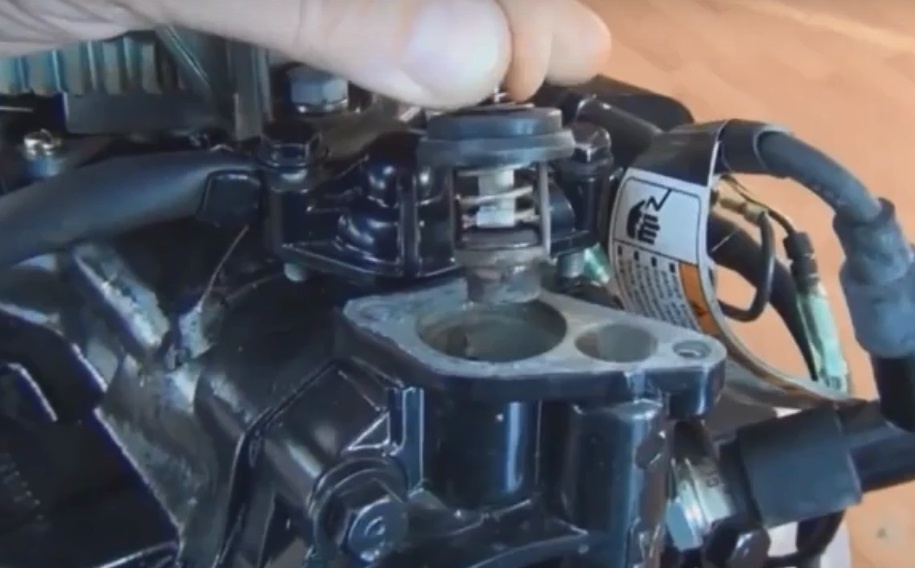
You don't listen to your boat.
Never listen to the sounds your boat makes. A whistle similar to a pig's squealing is likely to indicate that the timing belt has been weakened. Metal tapping at engine speed means that the valves, lifters or valve rockers are in a deplorable state. Metal scratching and squeaking may indicate that the water pump bearing has crumbled. A loud, strong exhaust indicates a low coolant level and the need for water pump diagnostics. Cacophony is a delight to the ears of your mechanic banker.
Don't look at the manometer.
Don't pay attention to the manometers, just remember that you do it at your own expense. Pilots are taught to check the sensors regularly. Starting on one side of the panel, they slowly pass it all along their eyes and then review it again in the opposite direction. Given that there are only a few sensors on the boat, it is easy to control them.
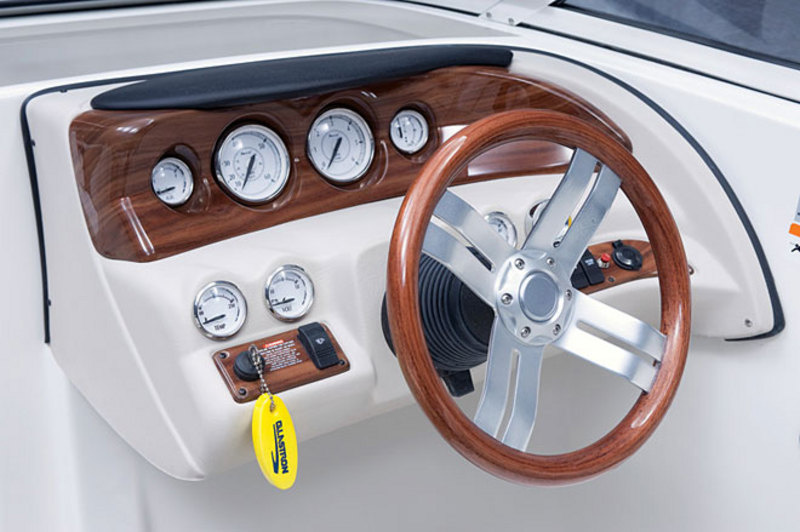
Fly pure antifreeze
Pour pure antifreeze into your cooling system instead of diluting it with water. It's better that way, isn't it? No, it's not, is it? The closer the mixture in the cooling system is to pure antifreeze, the warmer your engine gets. The undiluted antifreeze boils at higher temperatures (about 230 degrees Fahrenheit) than water (212 degrees Fahrenheit). So it keeps more heat, allowing the engine to run hot or even overheated.
You don't smell it.
Breathe in fresh sea air and ignore the stench from the engine room. A healthy engine has a distinctive smell. Smell this scent and remember it. And then as soon as the smell changes, you'll know something's wrong.
The corrosive smell of burnt rubber may come from the water pump impeller when the water inlet is dry (check if the water inlet is clogged), it may also indicate insufficient coolant, a V-belt slip or a malfunction in the stern drive coupling.
If there is burnt oil in the air, it may mean that the engine has been overloaded, but if the smell is strong, the oil on the hot engine is leaking. Sweet scent indicates antifreeze leaks. And the smell of burnt hair may indicate a short circuit.
Check the motor ashore.
Start the motor while it is on land to ensure that it is running. You don't think the engine will overheat in just a few seconds. Yes, you're right. But the water pump impeller could get hurt in the process. The impeller needs water as a lubricant to run. Without it, it wears out quickly or breaks down.
Fill with cheap oil.
Pour cheap oil into your two-stroke outboard engine and ensure that it ages quickly. Do not assume that you are saving money by buying oil of an unknown brand. Oil is only tested once to meet industry standards, which means that the entire batch does not pass the test. The best oils are of consistent quality, meeting the standards time after time. On average, a 100 HP engine burns only one or two gallons of oil per summer. The difference between cheap oils and those offered by engine manufacturers can be about 10 dollars.
Remember: nothing in an engine will cost you more than using cheap oil.
Put the same filters everywhere.
Let's say your motor has new filter elements and they do their job. Diesel and petrol engines designed for long cruises must have two filters or water separators (separators). But do not put the same type of element in both filters, or worse, do not put a finer element in the first filter. In this case, the first filter will do all the work, and the second one will make little or no sense.
This way, the load will be optimally distributed, the result will be better, and the service life of the elements (and therefore the engine) will be increased.

Ignore the vibration.
The engines will always vibrate, so over time you will learn to ignore it. If the bow starts to shake every time the boat goes into hydroplaning mode, but this is not felt in the control panel, it is likely that one or more propeller blades are bent. Vibration that only appears at certain speeds may mean that the propeller needs to be balanced. When the whole boat rumbles and shakes at any speed, the engine and shaft are not aligned.
Use water cannons in shallow water
Water cannons allow you to walk in shallow water, and you are free to use it. Unfortunately, one day you may not get out of there. The water cannons use part of the suction water for cooling. If there is sand, dirt or stones in this water, the cooling system may become clogged.
If you have to travel through very shallow places, then do it at high speed. This way, the water cannon will suck up the cleaner top layer of water, as the boat will be much higher than the bottom.
Do not rinse.
Leave the waterjet engine without flushing it after each use, and it will probably leave you forever soon. Even if something big enough to knock it out immediately, a layer of dirt may gradually build up inside the engine. Rinse the inside of the engine cavity with a fresh water pressure jet for 10 minutes. All fresh models have rinsing hole. Older Mercury waterjets, for example, can be upgraded with an additional rinsing device that costs around $25.
You squeeze the gas at the end
Get some gas before you turn off the engine. That myth was probably invented by some mechanic to give him more work. The idea is to make it easier to start the engine later. But all it can do is leave an unburned fuel that covers the cylinders, which forms a sticky residue.
You turn off the batteries on the go.
Turn the battery switch wrong while the engine is running and - bam! - no more generator. When switching from position 1 «to 2» or BOTH«»«», never turn the knob through the OFF position. Otherwise, the electrical output from the alternator will be cut off for microseconds. This will burn the diode and kill the generator.

Demonstrate anodic ignorance.
Zinc alloy anodes are installed only on the drive and drive shaft, right? No, it's not. There's one inside the engine, too. We suggest you find out where it is and change it every time you change oil. If you leave it there for a long time, it'll start to break down, and the fallen particles can clog up the cooling system.
You put the bolt... on the bolt.
If the hose clamp is made of stainless steel, then its coupling bolt is made of the same material, you think you are fatal wrong. In most cases, the bolt is made of soft steel, which rusts from salt. A broken hose clamp is the right way to lose water, fuel, exhaust hose or to flood the boat at all.
Give the ends to the water.
Leave the moorings hanging from the stern. Let the 3/8 inch thick nylon be wound on the screw at a few thousand rpm, and the bearings will be shattered, the seals will break, the transmission will lose its gears, and if the engine mounts are not very reliable, they will loosen and the motor will hang on them.
You spit on corrosion.
Ignore the need for your motor to be in a dry environment, and very soon corrosion will do its black business.
To prevent this from happening, we recommend treating the electrical connectors with WD-40 or technical Vaseline to protect them from moisture. After you get off the boat in salt water, wipe the engine with a rag dampened with fresh water. Also make sure there are no salt crystals left on it that absorb moisture. Then wipe it dry and coat it with a thin layer of oil, spreading it over all the parts, including those underneath.
Do not change the oil.
Don't change the oil, just add to what's left. It's the right way to kill the engine.
Your goal is to completely replace old oil with new oil, right? Well, then compare the amounts of oil that's being drained and filled. The difference is the amount of dirty oil left.
If you can't suck all the old oil from above, drain it in a tray. Just make sure that you install the engine at such an angle that oil can easily drain out of the drain hole. Or change the oil so often that there is no chance of even leaving any residues that may become unusable.
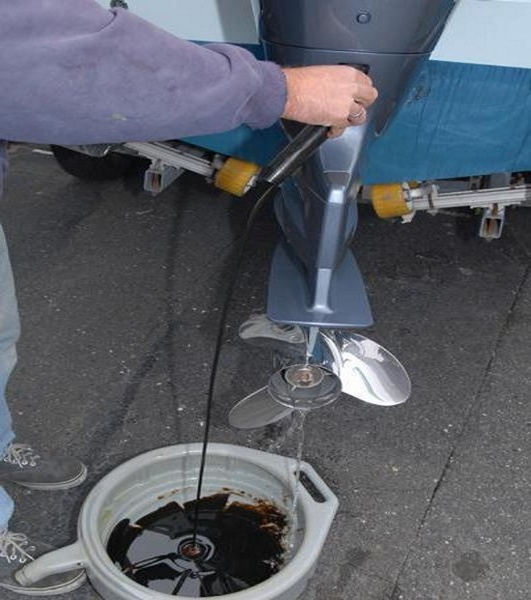
Save on fuel.
Buy the cheapest fuel, we call it frog «pee. Not only will you get the worst performance, but you'll probably also destroy pistons, rings and cylinders.
The engine manufacturer specifies the minimum octane number. Use fuel with a lower octane number and your engine will start tapping or humming under load. It will hold in this mode for some time, but when refueled with such fuel for a long time, carbon deposits will accumulate in the grooves of the piston rings and behind the rings. This will cause the piston rings to deposit, cause the cylinders to scrape or, worse still, cause the engine to jam.
While some small engines will more or less run well on fuel with an octane number of 84, most engines require at least a fair value of 87, or better, 89. For high-performance models, we strongly recommend using fuel with octane number 91.
Forget the thrust bearing.
When changing the screw on the outboard or aft drive, forget to put back the thrust bearing. Or, if you have them lying around, take the first one you get. Without the thrust bearing, the propeller bushing rubs against the gearbox housing as the boat moves forward. Find out the price of the gearbox housing and you will never forget to install the thrust bearing.
As an epilogue.
Don't read the instructions. I wrote these unnecessary literary notes and understood that most people ignore them. It's a pity, because our life would have been a lot easier and our engines would have served much longer if we'd addressed them right away in the first place.
As one manufacturer said: The «only thing we like to see worn out is the user manual.
This article was printed in August 2017 in Boating magazine. It was written by David Seidman.

